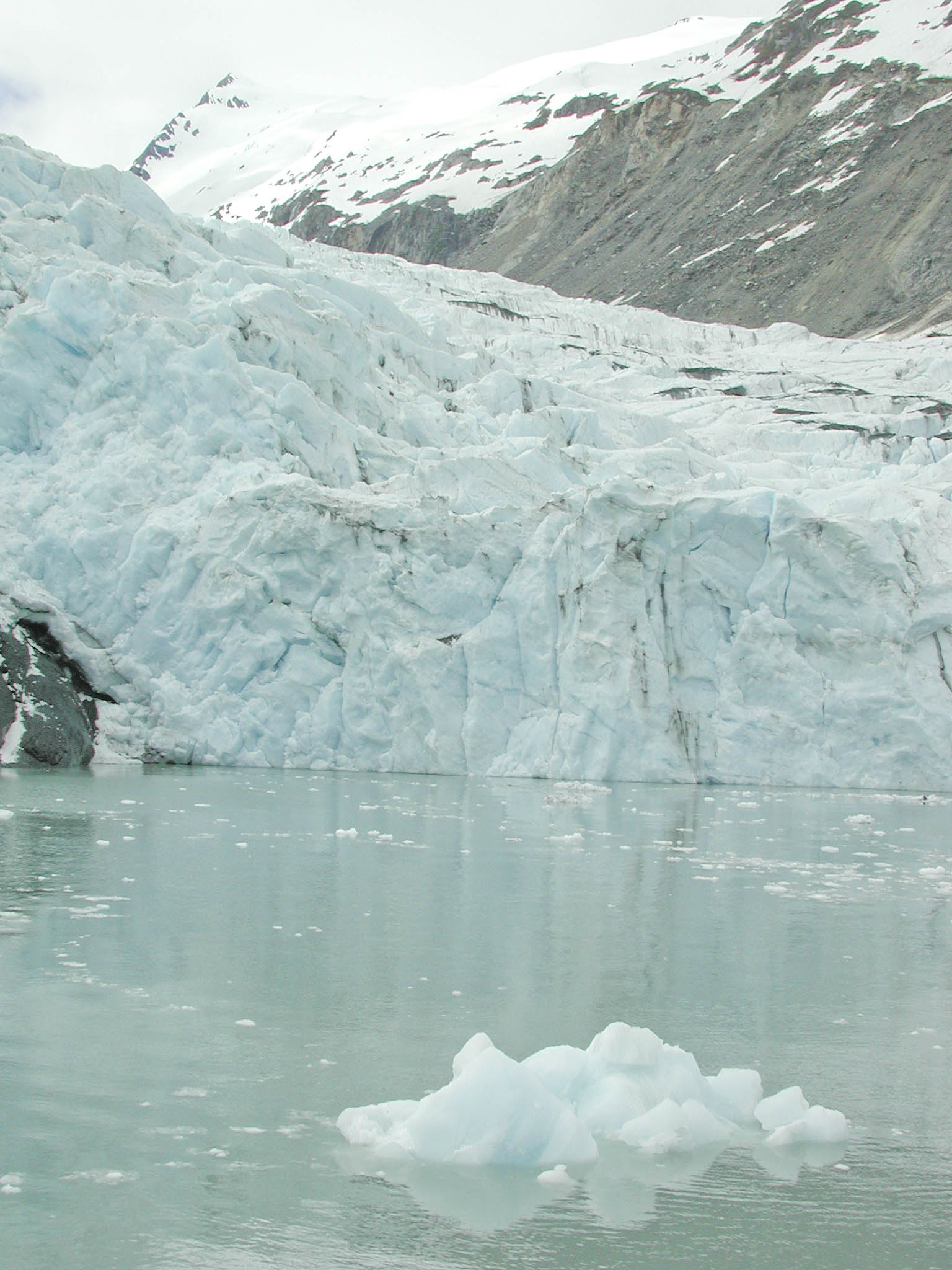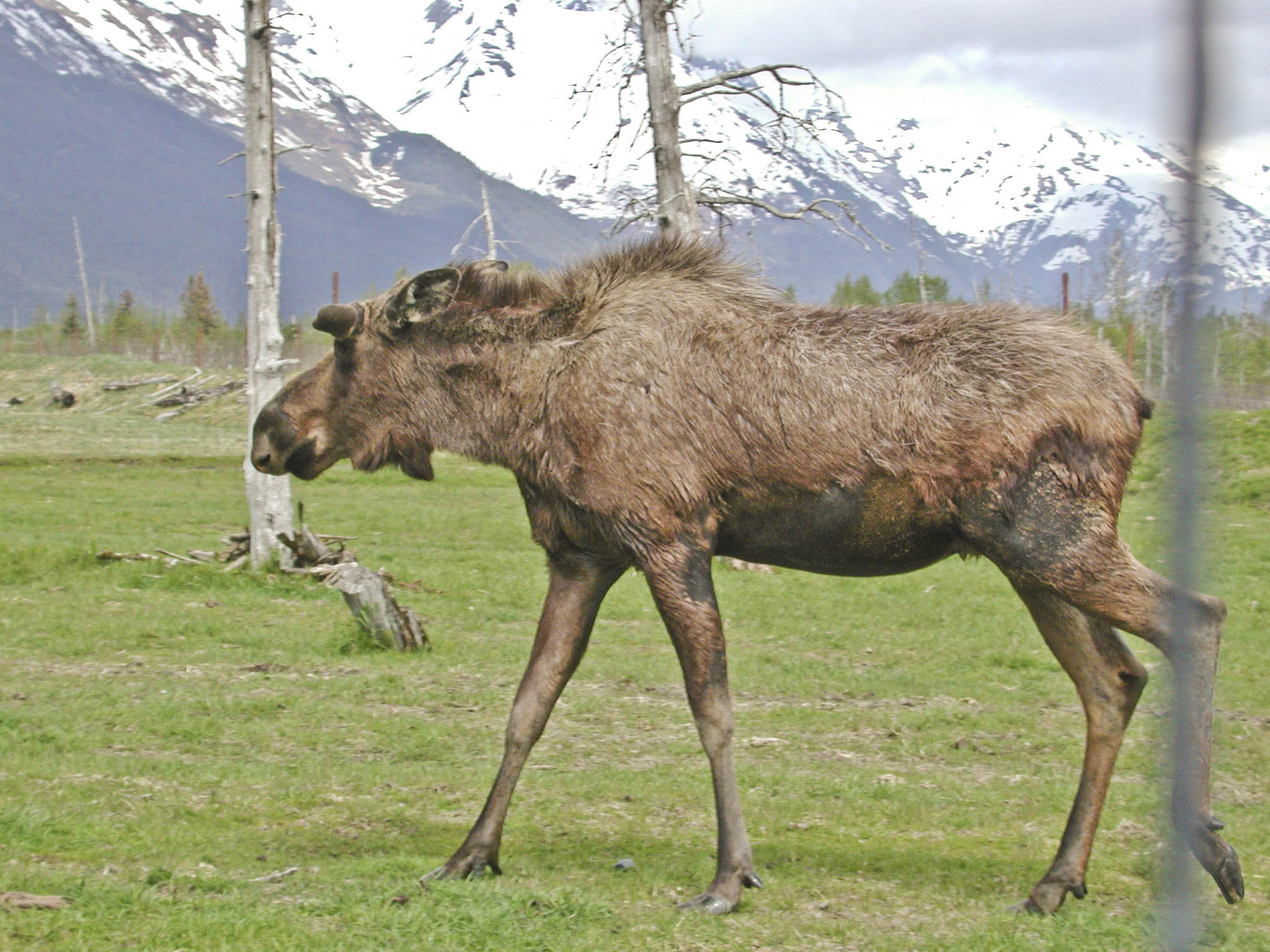by Francesca Gray
 Cool white icebergs with depths of turquoise floated all around us as we made our way through the icy waters aboard the MV Ptarmigan. The five of us hugged our jackets in closer to keep out the cold wind. We had come to Anchorage, Alaska to pay homage to my father, who had just passed away. What we found was a place full of adventure and magical snow-capped mountains, far as the eye could see.
Cool white icebergs with depths of turquoise floated all around us as we made our way through the icy waters aboard the MV Ptarmigan. The five of us hugged our jackets in closer to keep out the cold wind. We had come to Anchorage, Alaska to pay homage to my father, who had just passed away. What we found was a place full of adventure and magical snow-capped mountains, far as the eye could see.
We checked the guidebooks and found plenty of wildlife cruises, flight seeing, bear viewing and fishing, plus a good selection of vessels that tour glaciers and serve fabulous meals, from Whittier, Seward to the Kenai Peninsula. Finally, we chose a one-hour cruise on Portage Lake, 48 miles south of Anchorage. My father told me that Portage Lake was once covered in a glacier. It was receding five feet a year … and now takes a half hour by boat to get within 300 feet of it. Next to the crystal blue wall of ice, we watched for calving, or massive chunks of ice that collapse off the glacier with a thunderous roar into the water. But it was peaceful for us, and still breathtaking.
North of Portage Lake, downtown Anchorage feels like a small town. As we walked around the shops we came across numbered photos with plaques that captured the shocking events of the 1964 earthquake. It is extraordinary that Anchorage almost disappeared in the quake, when the main road opened into a 30-foot chasm that swallowed cars and businesses, and whole neighborhoods ended up in the sea. 
Another thing my father remarked on was his moose encounters. For the duration of one winter, a cow moose and her calf camped in his back yard. We all wanted a moose sighting, so we headed south on Seward Highway 10 miles after Girdwood, to the Alaska Wildlife Conservation Center, home for sick and injured animals. Two hundred acres house bison, bears, elk, deer, grizzly bears and moose, close enough to touch.
My father was a geologist, so there was nothing closer to his heart than a gold mine. Head south again from Anchorage, and three miles from Girdwood you’ll find the Crow Creek Mine, where claims were staked in 1897. All the original buildings in the camp still stand, and it is said the mine brought in an average of 700 ounces a month during the First World War. In today’s market, that’s roughly $560,000 a month.
On the last day, we drove north toward Denali National Park, 6 million acres of beautiful, serene lakes, tundra and mountains, to have a look at North America’s tallest mountain, Mt. McKinley. My father, who also loved mountain climbing, had Mt. McKinley on his list. We headed north to Talkeetna, a historic little town just one block long with all the recreational services you might need. The town offers flight seeing excursions, river rafting, hiking, sight-seeing and an area for many international climbing expeditions. We passed the Mt. McKinley Princess Wilderness Lodge on the way into town, where you can find a good view of the mountain. Then we returned to the incredible log structure for lunch. As we reminisced at this beautiful resort that looks out on an incredible series of peaks, we knew why my father had chosen this as his home. This was nature at its finest. My father would remain forever in our hearts in this beautiful place called Alaska.
To plan your own trip to Anchorage, Alaska, visit http://www.anchorage.net/.
—–
To use this article in your publication, click here.
Are foreign drugstores clinically appropriate for Americans. Part 2
